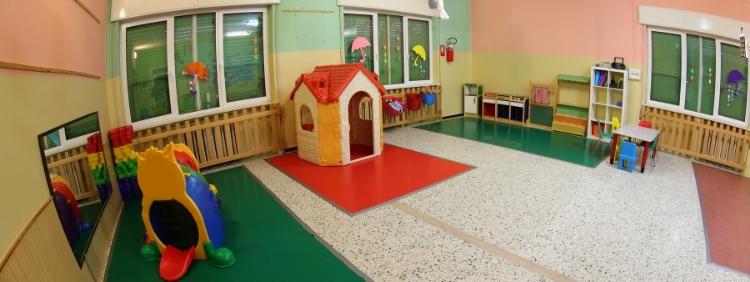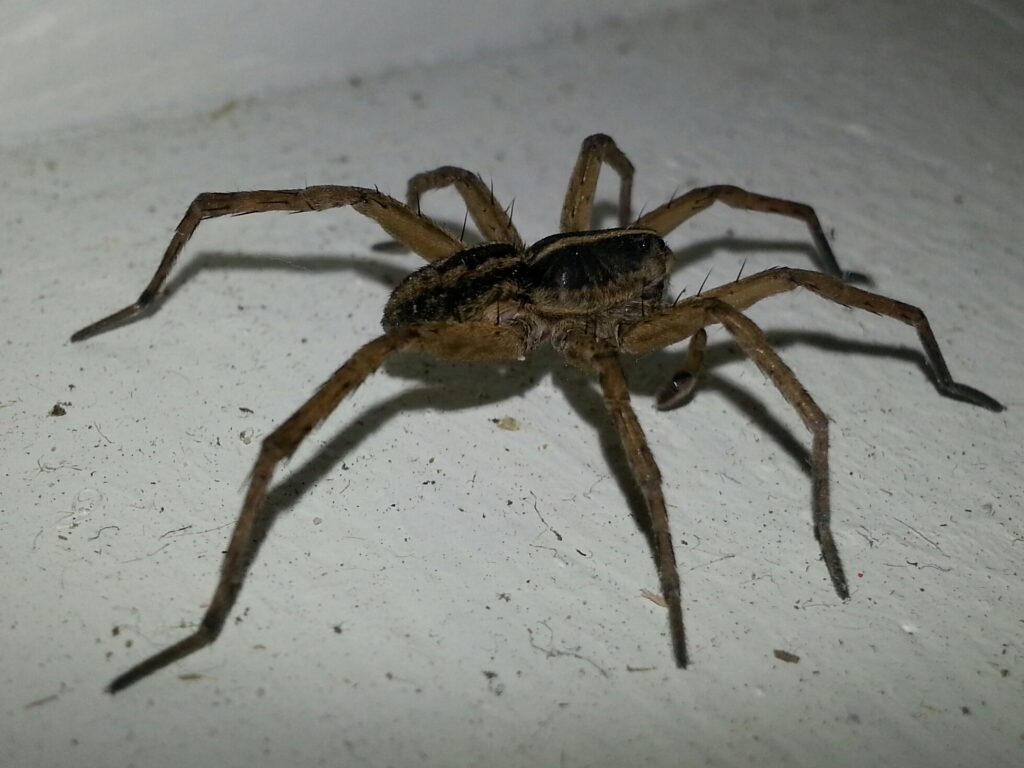 Daycare facilities represent an essential service to busy parents. Most parents do extensive research before selecting a daycare service to watch their children. While their choice results from many factors, it primarily comes down to where they think their child will be healthy, happy, and thrive. Commercial pest control is a critical aspect of providing a healthy environment for children.
While many parents might not consider the necessity of pest control services, especially as they relate to daycare facilities, pest management is essential. Without appropriate preventative and maintenance actions, children would be at risk of insects and possible wildlife confrontations, which can lead to injury or harm to the child.
Daycare facilities represent an essential service to busy parents. Most parents do extensive research before selecting a daycare service to watch their children. While their choice results from many factors, it primarily comes down to where they think their child will be healthy, happy, and thrive. Commercial pest control is a critical aspect of providing a healthy environment for children.
While many parents might not consider the necessity of pest control services, especially as they relate to daycare facilities, pest management is essential. Without appropriate preventative and maintenance actions, children would be at risk of insects and possible wildlife confrontations, which can lead to injury or harm to the child.
Risks of Pests To Children
Daycare centers are at a heightened risk of pests infestations because of the level of traffic, food, and other practices that are fundamental to operations. Rodents, cockroaches, termites, ants, spiders, bedbugs, fleas, etc., can all lead to increased risks for a child. For instance, rodents are known to carry viruses, bacteria, and diseases. Additionally, the animals can transfer pathogens to food stores by walking across them or eating portions of them. A bite from a rodent can also lead to infection and illness. Cockroaches can also carry salmonella, E. coli, and other bacteria. These bacteria can lead to severe illness in preschoolers with weak immune systems. Termites can cause structural damage to the facility. The damage can potentially weaken integral components, resulting in collapse or other damage and potentially injuring children. Finally, preschoolers and other young children may be allergic to certain insect bites or stings. It is possible that children and parents do not even know about the allergies, which is why pest control at daycare facilities is so important.Pest Management Standards
While a daycare can contract a pest control service to ensure pest control measures throughout the year, the facility should also take steps to ensure pest management standards are followed. Some of the best practices and prevention methods include:- Routine cleaning and inspection of the facility
- Clearing and cleaning of potential hiding places for bugs
- Sealing all food supplies
- Sealing trash bins
- Repairing and sealing any cracks or openings in walls and ceilings

